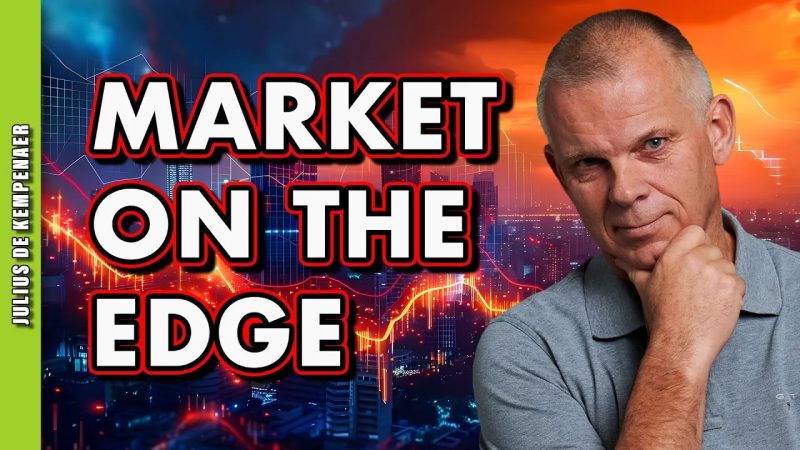In recent market activities, there have been signs of significant upheaval as the financial landscape appears to be teetering near the edge of a potential precipice. The escalating tensions stemming from global trade disputes and geopolitical uncertainties have contributed to growing apprehension among investors and analysts alike. Amidst these challenges, market participants are closely monitoring developments and attempting to navigate an increasingly volatile and unpredictable environment.
One of the key factors exacerbating concerns is the escalating trade tensions between major economic powers. The ongoing trade disputes between the United States and China have not only disrupted global trade flows but also raised fears of a prolonged economic slowdown. The imposition of tariffs and retaliatory measures by both countries has had a ripple effect across industries, leading to uncertainty and market jitters.
Furthermore, the looming specter of geopolitical risks has added another layer of complexity to the current market situation. Heightened political tensions in regions such as the Middle East, North Korea, and Europe have raised alarm bells among investors, who fear that escalating conflicts could potentially have far-reaching consequences on global economic stability. The uncertainty surrounding these geopolitical flashpoints has contributed to a sense of unease in the market, prompting cautious behavior among market participants.
Against this backdrop, the recent market stumbles have highlighted the fragility of the current market environment. The sudden shifts in market sentiment and increased volatility have made it challenging for investors to make informed decisions. The risk of a sharp market correction looms large, as investors grapple with the uncertainty surrounding future economic prospects and the potential impact of ongoing trade tensions and geopolitical risks.
In response to these challenges, market participants are adopting a more cautious approach to investment strategies. Many are diversifying their portfolios to reduce exposure to high-risk assets and safeguard against potential market downturns. In addition, investors are closely monitoring economic indicators and market developments to stay ahead of potential risks and capitalize on emerging opportunities.
As market uncertainty persists and the edge of the cliff looms ominously close, investors are bracing themselves for a bumpy ride ahead. Navigating the current market landscape requires a careful balancing act, with risk management and strategic decision-making playing a crucial role in guiding investment choices. As market participants remain vigilant and adaptable in the face of evolving challenges, the path ahead remains uncertain, with the potential for both pitfalls and opportunities awaiting those willing to tread carefully.

